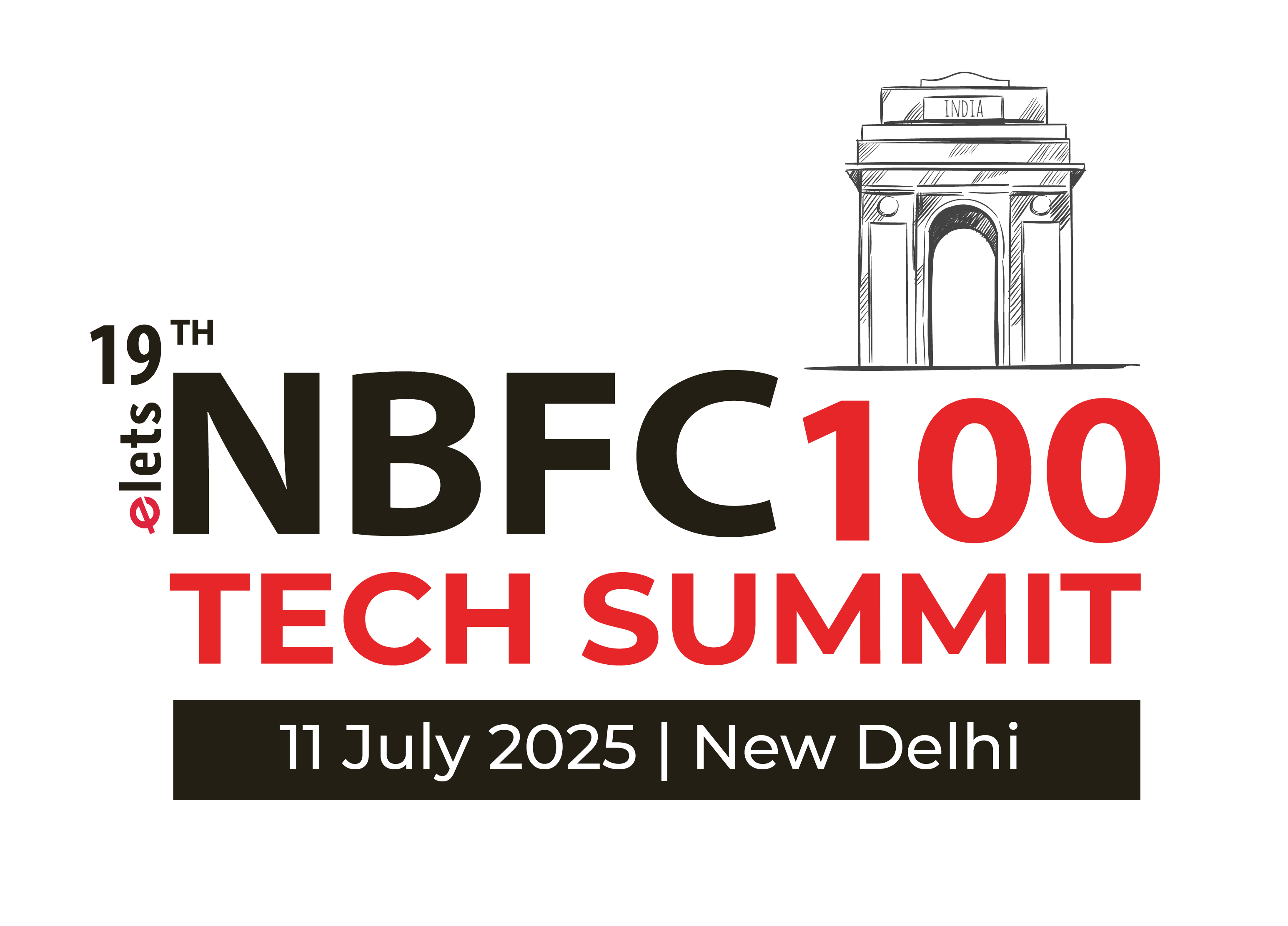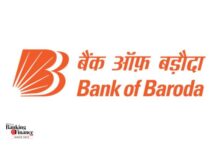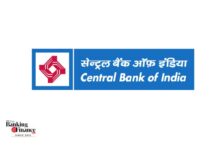IDFC FIRST Bank announced its unaudited financial results for the quarter and nine months ended December 31, 2024, showcasing robust growth across various metrics despite challenges in specific segments.
The bank reported a profit after tax (PAT) of Rs. 339 crore for Q3 FY25, marking a sequential growth of 69% from Rs. 201 crore in Q2 FY25. However, the PAT declined by 53% year-on-year, attributed to slower disbursal in the microfinance segment and increased provisions. The core operating profit, excluding trading gains, grew by 15% YoY to Rs. 1,736 crore. Net interest income (NII) rose by 14% YoY to Rs. 4,902 crore, with the bank maintaining a healthy net interest margin (NIM) of 6.04%.
The bank’s customer deposits grew by an impressive 28.8% YoY, reaching Rs. 2,27,316 crore as of December 31, 2024. Retail deposits accounted for approximately 80% of the total deposits, registering a 29.6% growth to Rs. 1,80,752 crore. CASA deposits surged by 32.3% YoY to Rs. 1,13,078 crore, with the CASA ratio standing at 47.7%. The cost of deposits remained stable at 6.38% during the quarter.
Loans and advances increased by 22% YoY to Rs. 2,31,074 crore. The retail loan book grew by 21.3%, while corporate loans (excluding infrastructure) rose by 28.9% YoY. The legacy infrastructure loan book reduced significantly by 15% YoY to Rs. 2,546 crore, now constituting just 1.1% of the bank’s total funded assets. The microfinance portfolio, however, saw a decline, reducing its share of the overall loan book from 5.6% in September 2024 to 4.8% in December 2024.
Despite industry-wide stress in the microfinance segment, the bank’s overall asset quality remained stable. Gross NPA stood at 1.94% as of December 31, 2024, down from 2.04% a year earlier, while net NPA decreased to 0.52% from 0.68%. Excluding the microfinance segment, gross NPA was at 1.81%, reflecting strong performance in the retail, MSME, and corporate loan books.
The bank’s provisions for Q3 FY25 stood at Rs. 1,338 crore, primarily due to higher slippages in the microfinance segment. However, provisions for the non-microfinance loan book remained stable. Notably, the bank did not utilize any provision buffers for microfinance loans during the quarter, maintaining a prudent approach.
IDFC FIRST Bank continued its growth trajectory in other businesses, crossing 3.2 million credit cards issued and maintaining its position as the largest issuer of FASTag with 22 million tags. The wealth management segment also witnessed significant growth, with assets under management (AUM) increasing by 53% YoY to Rs. 42,778 crore. Additionally, the bank has commenced tax collection on behalf of the Central Board of Direct Taxes (CBDT) and the Central Board of Indirect Taxes and Customs (CBIC).
The bank successfully completed its merger with IDFC Ltd in October 2024, adding Rs. 618 crore to its net worth while reducing the outstanding share count by 16.64 crore shares. The bank’s capital adequacy ratio (CRAR) post-merger stood at 16.11%, with a CET-1 ratio of 13.68%.
Commenting on the results, V Vaidyanathan, Managing Director and CEO, IDFC FIRST Bank, stated, “Our bank continues to grow well on loans and deposits. Our customer deposits is growing strongly at 29% YoY to reach Rs. 2,27,316 crores, with the CASA ratio sustaining at 48%. The loans & advances grew steadily by 22% YoY to reach Rs. 2,31,074 Crores.”
We are specifically tracking Micro-finance loan book closely considering the industry situation. The asset quality of the overall Bank’s loan book is stable with Gross NPA at 1.94% and Net NPA at 0.52%. Excluding the micro-finance loan book, the GNPA and NNPA of the book of the bank is even lower 1.81% and 0.49%.
The credit issues in Microfinance segment as a transitionary issue which is likely to be resolved within a few quarters. The Bank built this business because it was important from priority sector lending norms point of view, particularly meeting PSL norms for Weaker Sections and Small and marginal farmers PSL categories.
Also Read: Ashok Chandra appointed as MD & CEO of Punjab National Bank
All other businesses being built as part of universal banking, including deposits, loans, Credit Cards, Wealth, Cash Management, Corporate Banking, Fastag, Gold Loans are doing well. Over the next few years, the C:I will come down because of operating leverage, as we scale up. As mentioned earlier, the bank is growing steadily in scale.”
The bank’s consistent performance reflects its focus on sustainable growth and prudent risk management, despite the challenges faced in the microfinance segment.
Elets The Banking and Finance Post Magazine has carved out a niche for itself in the crowded market with exclusive & unique content. Get in-depth insights on trend-setting innovations & transformation in the BFSI sector. Best offers for Print + Digital issues! Subscribe here➔ www.eletsonline.com/subscription/




















